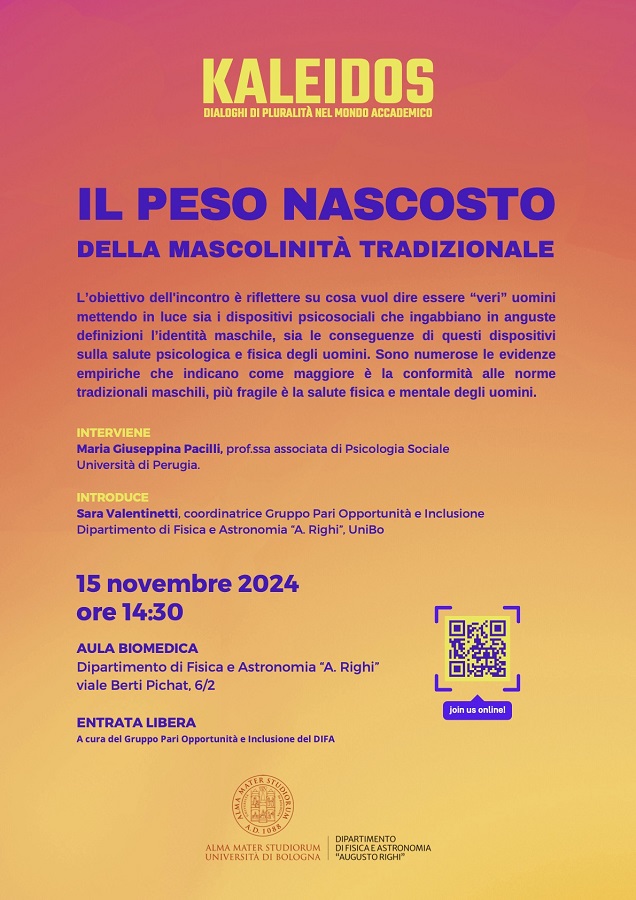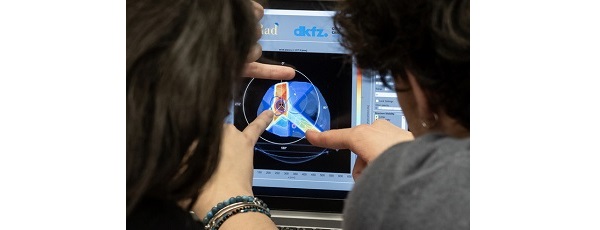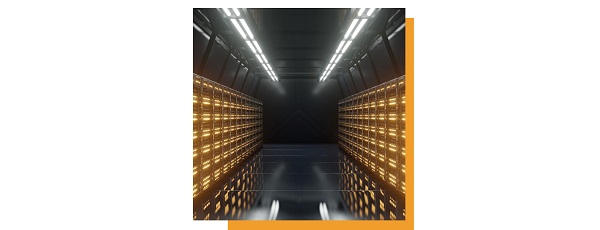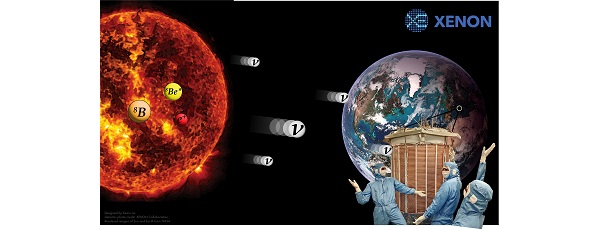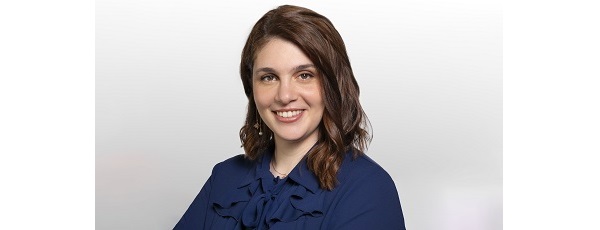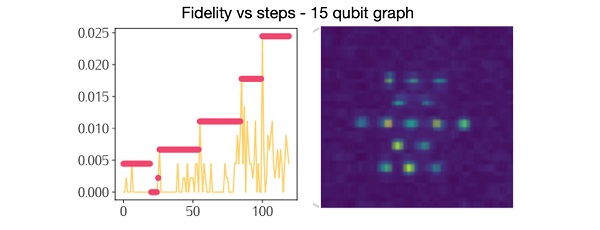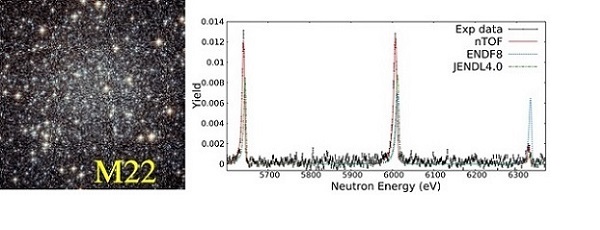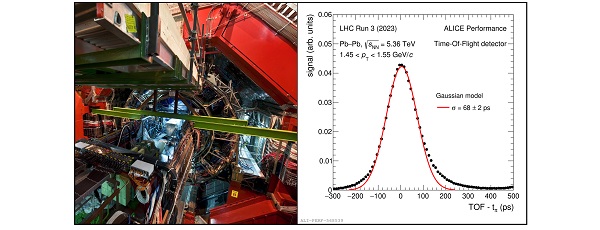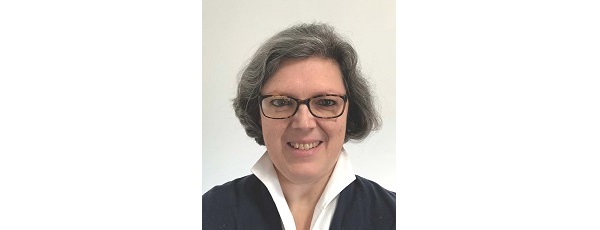The European Consortium for Astroparticle Theory (EuCAPT) announces the appointment of Professor Silvia Pascoli as its new Director, succeeding the founding Director Professor Gianfranco Bertone of GRAPPA (GRavitation and AstroParticle Physics Amsterdam).
The consortium brings together European researchers in astroparticle physics, an interdisciplinary field of research that sits at the intersection of particle physics, astronomy, and cosmology. By investigating dark matter, neutrinos, gravitational waves, cosmic rays and other phenomena, EuCAPT scientists aim to elucidate the origin and evolution of the cosmos and to
answer fundamental questions about extreme astronomical environments, such as black holes and stellar explosions.
Founded in 2019, EuCAPT has played a pivotal role in advancing research and collaboration in the field. “EuCAPT has grown in the past 5 years to a vibrant community comprising over 140 universities and research institutions in Europe, and over 1700 member scientists. I am confident that under the leadership of Prof. Pascoli, EuCAPT will continue to stimulate new ideas, inspire young researchers, and reach new heights,” said Prof. Bertone.
EuCAPT was formally established by the Astroparticle Physics European Consortium (APPEC). Its overarching objectives include increasing the exchange of ideas and knowledge, coordinating scientific and training activities, aiding scientists in securing resources for their projects and fostering a stimulating, fair, inclusive and open environment conducive to the professional growth of young scientists. “APPEC as a consortium of European funding agencies, which is primarily responsible for the coordination and support of international large-scale research institutions in astroparticle physics, strongly supports the structured activities of EuCAPT to promote theory and young scientists. We welcome Silvia Pascoli as our new Director and look forward to a lively exchange,” says Dr. Andreas Haungs, Chair of APPEC.
EuCAPT’s host institution is the renowned CERN, further reinforcing its commitment to excellence in astroparticle theory research. Dr. Gian Giudice, Head of the Theoretical Physics Department at CERN, highlights that “ CERN has been instrumental in establishing EuCAPT and is fully committed to its future. We welcome Professor Silvia Pascoli as new EuCAPT Director and wish her success in her guiding role for the astroparticle physics community in Europe”.
The new director, Professor Silvia Pascoli, Full Professor at the “A. Righi” Physics and Astronomy Department of Alma Mater Studiorum Università di Bologna and INFN associate in Bologna, brings her experience and expertise to her role. She has made important contributions to the fields of neutrinos, dark sectors and astroparticle theory and has coordinated large networks, including the current European funded Horizon2020 ITN HIDDeN. Her mandate, which officially commences on February 1, 2024, will involve the strategic development of EuCAPT, as well as the promotion, coordination, and monitoring of its activities.
“It is a great honour and responsibility to become EuCAPT Director, after the brilliant job done by Prof. Gianfranco Bertone. My aim will be to continue and enhance EuCAPT activities as a key actor to bring together the European astroparticle theory community” declared prof. Silvia Pascoli.
In addition to the Director, EuCAPT’s renewed leadership includes Vice Director Professor David Marsh from Stockholm University, who will assist in running the consortium, and Dr. Francesca Calore from CNRS-LAPTh, Annecy, who will act as Chair of the EuCAPT Council.
To stay connected with the latest developments and activities, EuCAPT maintains a dedicated website at https://www.eucapt.org/.
About EuCAPT
The European Consortium for Astroparticle Theory (EuCAPT) is a collaborative network comprising over 140 universities and European research institutions. The consortium brings together European researchers in astroparticle physics, an interdisciplinary field of research that sits at the intersection of particle physics, astronomy, and cosmology. EuCAPT was formally established by the Astroparticle Physics European Consortium (APPEC) in 2019 and its host institution is CERN. Its overarching objectives include increasing the exchange of ideas and knowledge, coordinating scientific and training activities, aiding scientists in securing resources for their projects and fostering a stimulating, fair, and open environment conducive to the professional growth of young scientists.
https://www.eucapt.org/
